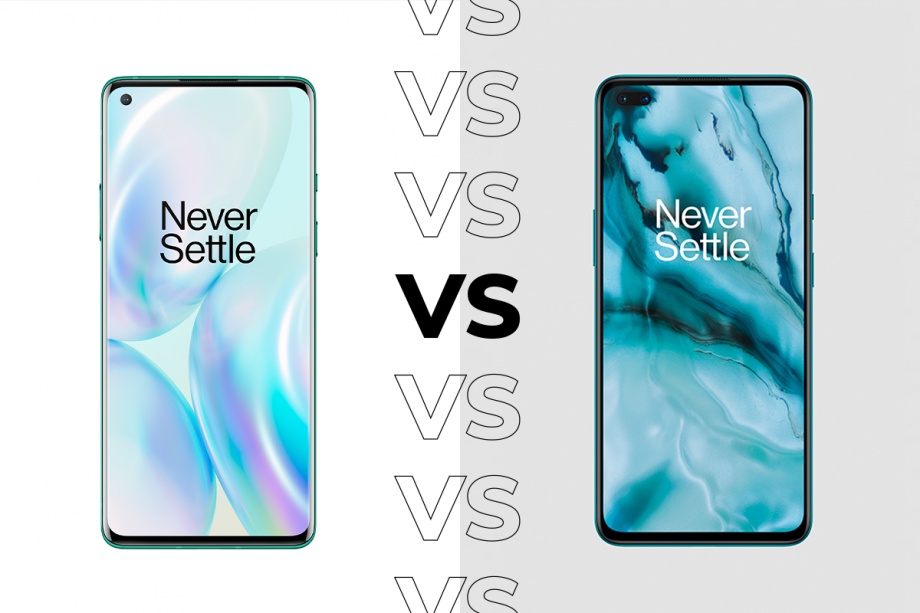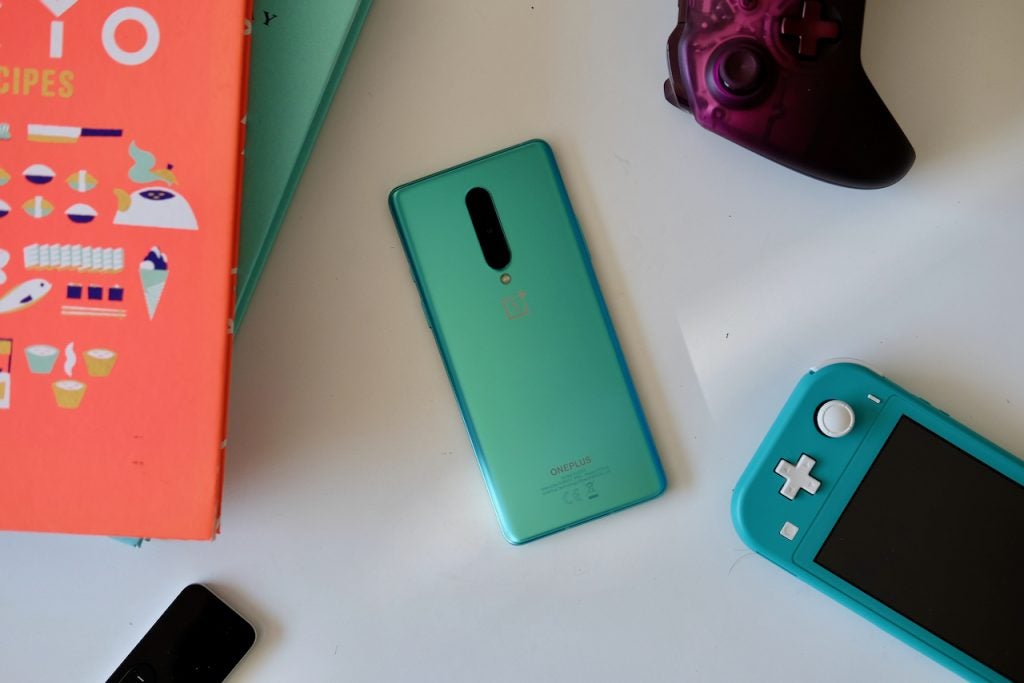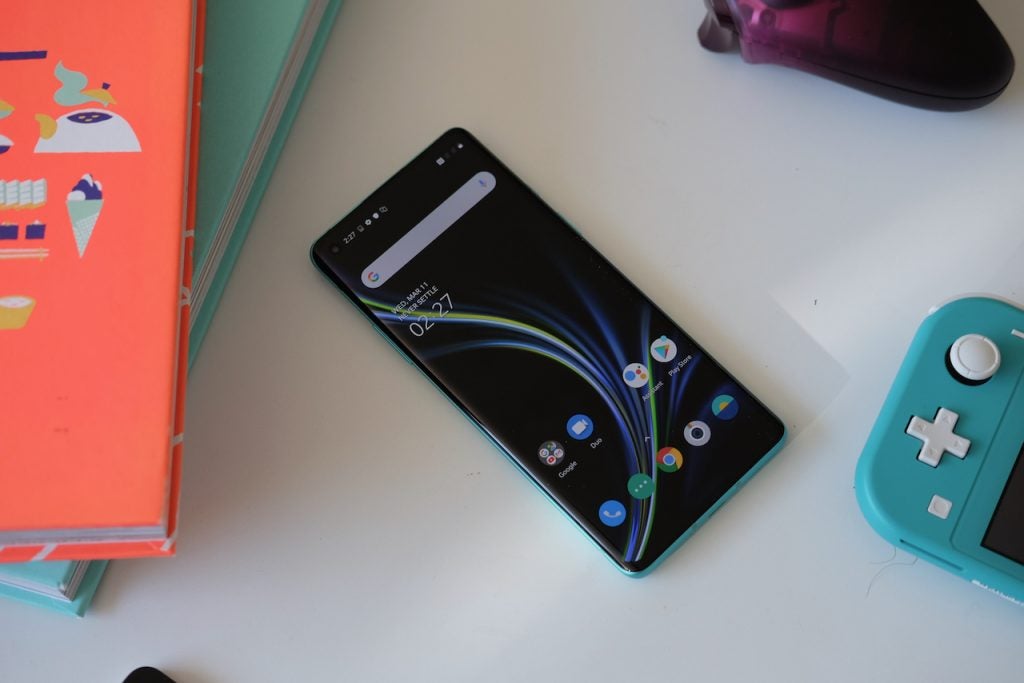OnePlus Nord vs OnePlus 8: What are the big differences?

After weeks of hype, OnePlus has finally revealed the last remaining details of its new, slightly cheaper phone – OnePlus Nord.
The first question that has probably jumped into your head is ‘how is this different to the OnePlus 8?’ which was previously the brand’s more affordable option.
Thankfully we’re here to help and to discover what sets the Nord apart from the OnePlus 8. Of course, one of the biggest differences is that the Nord will ship for £379, a lot less than the £699 the OnePlus 8 retails for.
1. Both are 5G, even if they have different internals
OnePlus Nord doesn’t use the high-end Snapdragon 865 chipset you’ll find powering the OnePlus 8, Instead it uses the more mid-range, but still highly capable, Snapdragon 765G. This is the same chip you’ll find in the LG Velvet and Moto G 5G Plus.
While this will lead to lower benchmark scores, we still think the performance here will be strong as we have been impressed with other 765G devices previously.
OnePlus is also making sure all of its phones support 5G, including the Nord.
Things are a lot more similar when it comes to RAM. Both come in either 8GB or 12GB options. You can choose between 128GB and 256GB of storage too, though the OnePlus 8 does pack faster internal storage. Neither have expandable slots.
Related: OnePlus Buds
2. The OnePlus Nord is smaller (just) and heavier
The OnePlus Nord doesn’t deviate too much from the path set by the OnePlus in terms of design. Its screen is a little smaller than the one on the OnePlus 8 (6.44-inches vs 6.55-inches) but it lacks the curvature and as a result should be easier to grip.
The scenes themselves are similar in terms of tech. Both are Gorilla Glass 5 covered OLED panels, with 90Hz refresh rates and FHD+ resolutions. That’s pretty much the least we’d expect from an Android display in 2020.
The Nord is slightly heavier though at 184g. For comparison the OnePlus 8 tips the scales at 180g.
3. You’ve got a much smaller battery with Nord
It’s great to see OnePlus keep around its Warp 30T charging for the Nord and that should ensure the phone recharges very quickly, just like the OnePlus 8.
However, the Nord does have a smaller cell. 4115mAh vs 4300mAh to be more precise. Neither phone has wireless charging and you’ll have to stump up the cash for the OnePlus 8 Pro to benefit from that.
4. Much of the camera tech is the same, but there are differences
Both the OnePlus 8 and OnePlus Nord use the same Sony IMX586 sensor with an f/1.75 lens and OIS. You’ve also got ultra wide camera on both: 8-megapixels on the Nord and 16-megapixel on the OnePlus 8 along with a 2-megapixel macro camera. Who’s asking for a low-res macro camera? We’re not sure, but it’s there. The Nord also benefits from a 5-megapixel depth sensor.
The Nord also benefits from two cameras around the front. There’s a 32-megapixel main sensor with EIS and a secondary ultra wide angle camera with 8-megapixels and a 105-degree FoV. On the OnePlus 8, you’ve only got a 16MP front camera.
There are also a couple of other things to note. The OnePlus 8 can shoot 4K video at 60fps while the Nord is restricted to 30fps. However both can shoot 240fps at 1080p.
Related: Best phones
5. How do they both look?
See below for a look at how the two phones look.

OnePlus 8

OnePlus 8

OnePlus Nord

OnePlus Nord
It’s also worth noting both pack the same Oxygen OS 10.5 with Zen Mode and Reading Mode, both have in-display fingerprint sensors and neither has a headphone jack or an IP rating.


